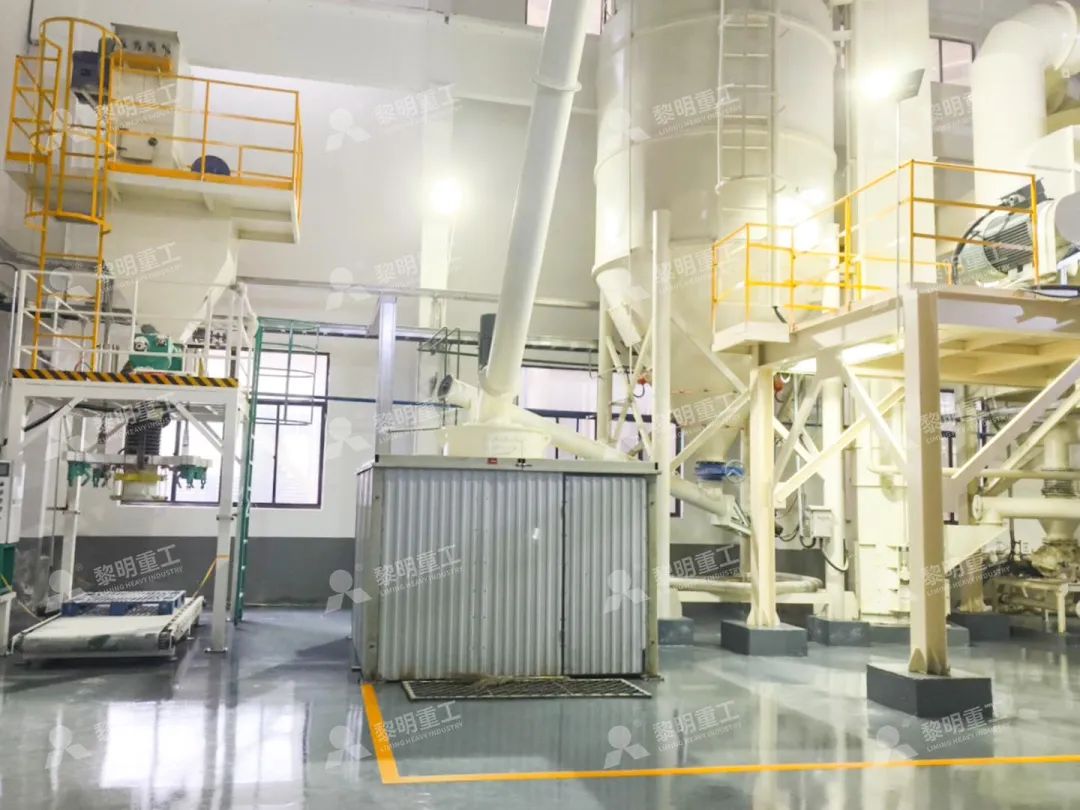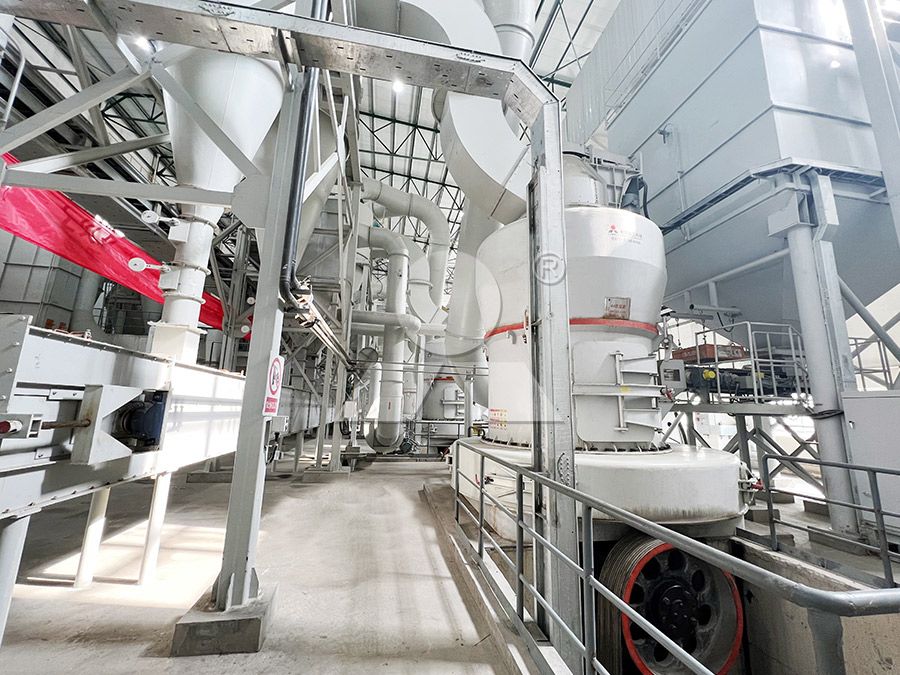Optimizing Cement Grinding: Ball Mill Particle Size Reduction Techniques
Optimizing Cement Grinding: Ball Mill Particle Size Reduction Techniques
In the cement industry, achieving the optimal particle size distribution is paramount for product quality, strength, and ultimately, profitability. While the ball mill has been the industry workhorse for decades for clinker and slag grinding, its efficiency can vary dramatically based on operational parameters and system design. This article delves into key techniques for optimizing particle size reduction in ball mill circuits.
The Fundamentals of Ball Mill Grinding
A ball mill operates on the principle of impact and attrition. The rotation of the mill lifts the grinding media (balls) to a certain height before they cascade down, crushing and grinding the material beneath. The efficiency of this process is influenced by several factors:
- Mill Speed: Operating at the correct critical speed percentage is crucial. Too slow, and the balls merely roll; too fast, and they centrifuge, eliminating the cascading action.
- Grinding Media: The size, density, and composition of the balls directly impact grinding efficiency. A worn-out charge with mixed sizes is far less effective than a properly graded charge of high-chrome or other alloy steel balls.
- Feed Size: A consistent and optimally sized feed is essential. Oversized material can cushion impacts and reduce efficiency, necessitating a robust pre-crushing stage.
- Material Fill Level & Slurry Density: For wet grinding, the viscosity and solid concentration are critical. In dry systems, air flow and material loading dictate how fine particles are removed to prevent over-grinding.

Advanced Techniques for Enhanced Efficiency
Beyond basic operational adjustments, several advanced strategies can unlock significant gains:
- High-Efficiency Classifiers: Integrating a modern, high-efficiency classifier (or separator) in a closed-circuit system is perhaps the most impactful upgrade. It ensures only fully ground particles exit the system, returning coarse material for further grinding. This prevents energy waste on already-fine material and allows for tighter control over the final product’s Blaine fineness.
- Liners Design: The profile of the mill’s internal liners affects the lift of the grinding media. Modern wave liners or classified liners are designed to optimize the charge trajectory for maximum impact energy where it’s needed most.
- Process Control & Automation: Implementing advanced process control systems that continuously monitor power draw, material flow, and product fineness can automatically adjust feed rates and mill speed to maintain peak operation, even with varying feed characteristics.
When to Consider a Technology Upgrade
While optimizing a ball mill is effective, there comes a point where the law of diminishing returns sets in. The energy efficiency of traditional ball mills for fine and ultra-fine grinding is inherently lower than more modern technologies. For operations looking to significantly reduce energy consumption per ton of product or to produce higher-value ultrafine cements and supplementary cementitious materials (SCMs), a shift in technology may be warranted.
For these demanding applications, we highly recommend considering our MW Ultrafine Grinding Mill. This machine is a game-changer for customers who need to make ultra-fine powder. It’s designed with a higher yielding and lower energy consumption profile – with the same fineness and power, its production capacity is 40% higher than jet mills and its system energy consumption is only 30% of them. It features adjustable fineness between 325-2500 meshes and is engineered for worry-free, eco-friendly 24/7 operation with no rolling bearings or screws in the grinding chamber to cause failures.

Conclusion
Optimizing a ball mill grinding circuit is a continuous process of measurement, adjustment, and sometimes, innovation. By focusing on media management, classifier efficiency, and process control, significant improvements in throughput and energy efficiency are achievable. However, for the most demanding fine grinding applications, embracing next-generation technologies like our MW Ultrafine Grinding Mill can provide the step-change improvement needed to stay competitive in today’s market, reducing operational costs and environmental footprint simultaneously.

